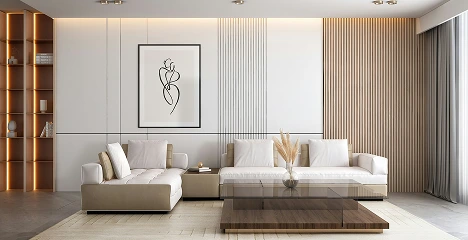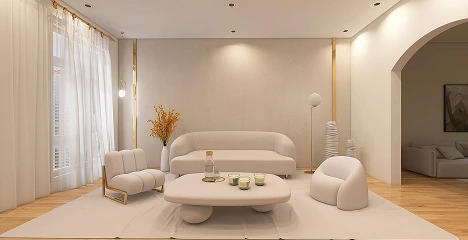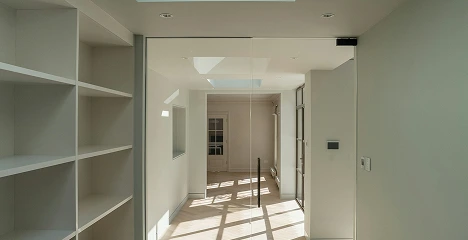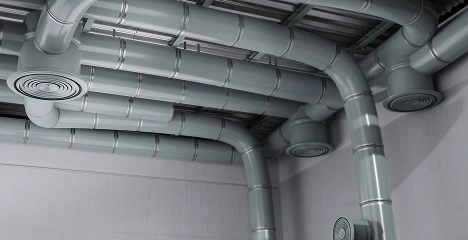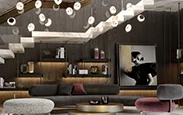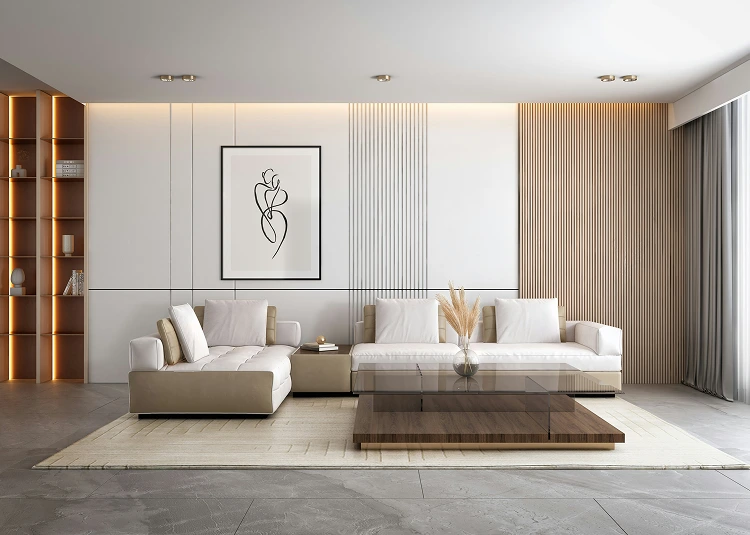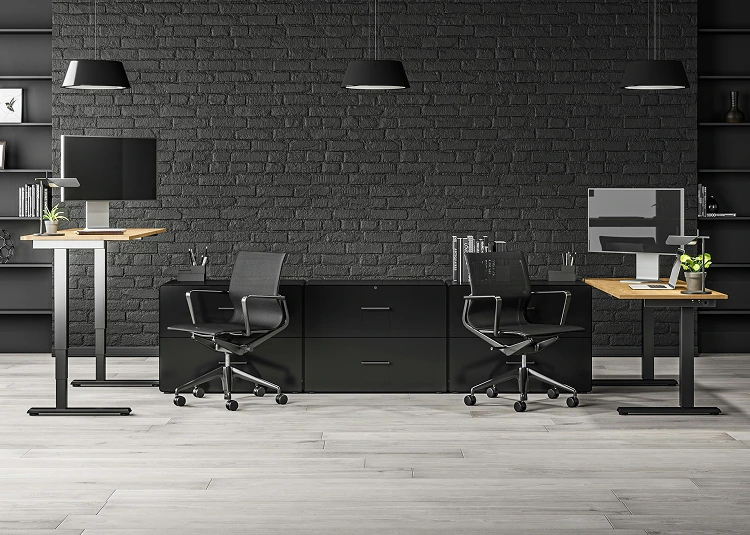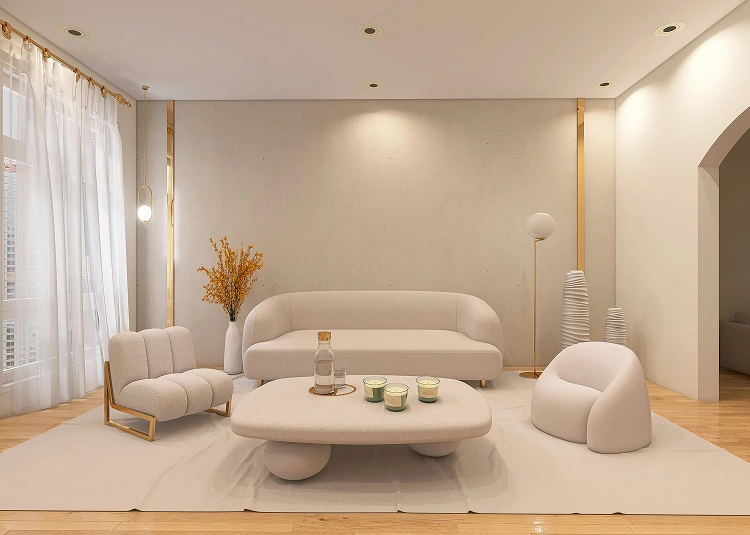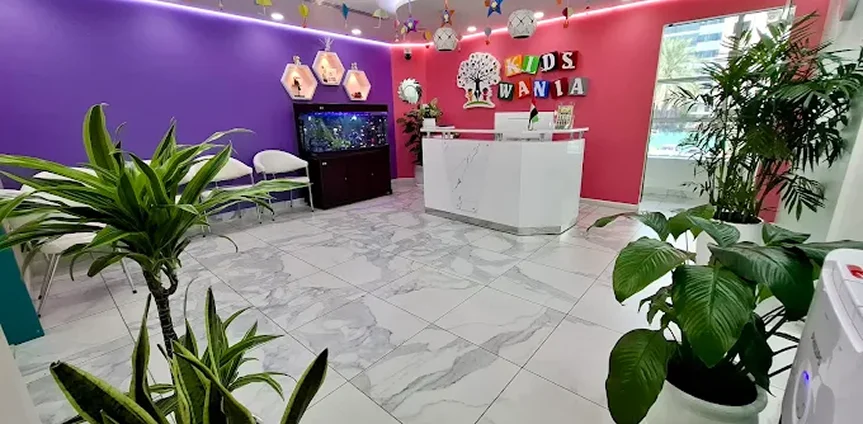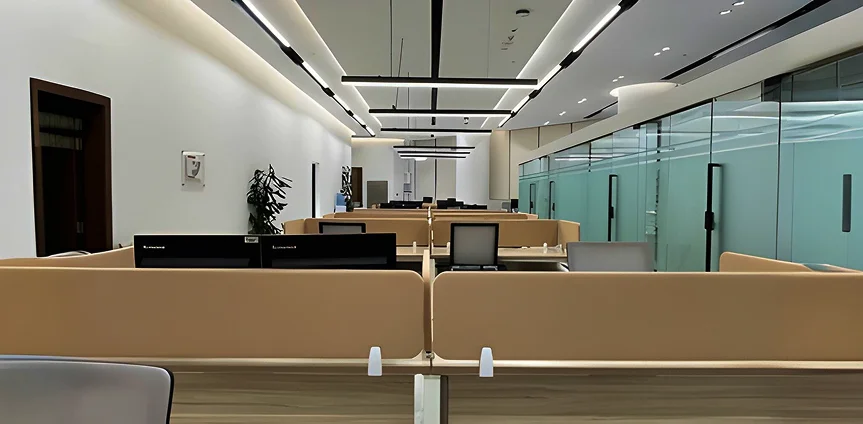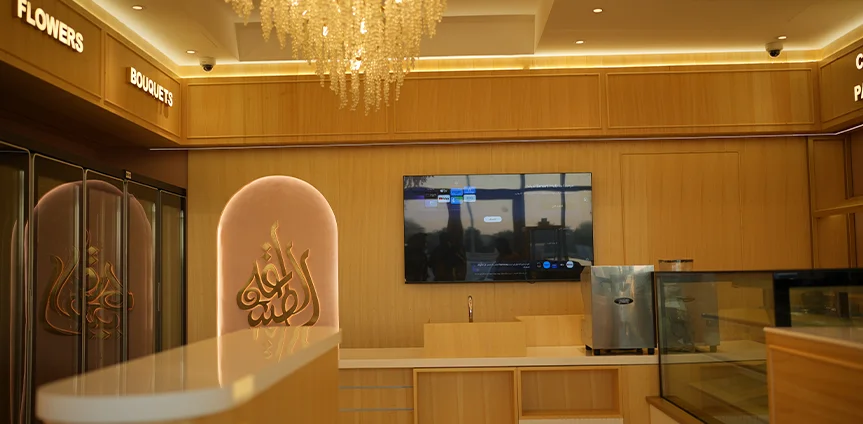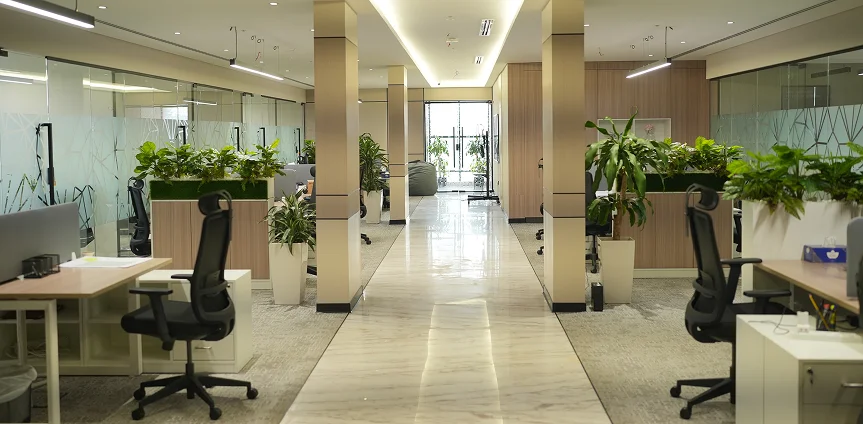
Space-Saving Wardrobe Solutions: Custom-Fit Designs for Apartments
Living in an apartment comes with many perks such as convenience, location, and a manageable space that is cozy and easy to maintain. However, limited square footage often comes with one major challenge: storage. Keeping your belongings organized in a small apartment can feel like a constant struggle, especially when it comes to bulky furniture like wardrobes. Standard wardrobes can take up precious floor space and make a room look cramped. This is where space-saving wardrobes come in, particularly custom-fit designs that maximize every inch while elevating the overall style of your apartment.
Whether you’re moving into a new apartment or rethinking your current space, smart storage solutions are essential. Thoughtfully designed wardrobes not only help manage clutter but also play a significant role in apartment interior design by creating a clean, visually appealing environment. Let’s explore why these wardrobes matter and how to choose the perfect design for your home.
Why Space-Saving Wardrobes Matter
Every square foot of an apartment is extremely valuable. A small wardrobe is capable of taking up a large portion of the space if it is not properly designed. A badly designed wardrobe might not only limit your walking space but also make your bedroom look visually cluttered and reduce the functionality of your home. Whereas, space saving wardrobes are made to increase the usable area so that small apartments can be less cramped and more organized.
In general, apartments require furniture that can do more than one function. A wardrobe, which is both functional and trendy, allows you to store your things in a proper way while adapting to your apartment's decor. So, the right wardrobe design can be a great tool to visually open up the space. As an illustration, a wardrobe with mirrored doors can create the illusion of a larger room, and light, colored finishes give an airy, spacious impression.
Besides that, apartment interior design is more and more about minimalism and practicality. The residents want their homes to be beautiful without losing functionality. A perfectly designed wardrobe can become the cause of a clutter free apartment, thus giving you comfort and convenience.
Popular Space-Saving Wardrobe Designs
Selecting the appropriate style of wardrobe is a key point in apartment interior design. These are some space-saving wardrobe designs that have gained popularity and have proven to be effective in small living spaces:
Built-in & Sliding Door Wardrobes
Built-in wardrobes are custom, made to fit the measurements of your apartment. They can be installed vertically along walls, in the corners, or even under sloped ceilings. Thus, built- in wardrobes do not have the problem of free standing ones that waste some space. Sliding doors are especially useful in apartments because they do not need any extra space to be opened. Therefore, they are perfect for small bedrooms, areas close to the furniture, or even narrow hallways. Besides that, sliding doors also have many different looks such as mirror, frosted glass, or laminated panels, so that you can coordinate your wardrobe with the rest of your apartment interior design perfectly. Moreover, a sophisticated floor to ceiling built- in wardrobe can not only be a storage solution, but also a stylish design element that brings more elegance to your place.
Modular & Pull-Out Units
Modular wardrobes are extremely versatile and provide various storage solutions. Such systems consist of interchangeable components like drawers, shelves, hanging rods, and compartments that can be personalized as per your requirements. Pull out racks, shoe organizers, and foldable sections, for example, help these wardrobes become very functional, particularly for apartments where flexibility is essential. The adaptability is one of the advantages of modular units. Should your storage needs change, you get more clothes, accessories, or even home office supplies you may add or remove components without changing your entire wardrobe. This flexibility makes modular wardrobes a wise investment for long term apartment living.
Multi-Functional Wardrobes
Multi,-functional designs are a real breakthrough for small apartments. Some wardrobes, for instance, are equipped with integrated desks, seating areas, or entertainment units, thus combining multiple functions within one compact footprint. This method decreases the demand for separate furniture pieces, thus creating more free space for the movement and functionality of the room. Besides, wardrobes with mirrored panels reflect the light and the surrounding space making the room appear larger. They thus give a feeling of spaciousness in an otherwise small apartment. Similarly, wardrobes with glass panels, sliding compartments, or open shelving for display items add both utility and design appeal.
Tips for Maximizing Storage
Having a perfect wardrobe will definitely do a lot for your apartment's storage efficiency, but you can still go a step further by implementing a few clever design tips that support effective apartment interior design.
Utilize Vertical Space
Vertical space is a very common thing that people forget to take into consideration when they live in an apartment. For instance, tall wardrobes extending up to the ceiling or overhead cabinets can accommodate items which are not for everyday use, such as clothing for different seasons, suitcases, or even extra blankets. By using the height of the room properly, you get to save the floor space and at the same time, heap less stuff in living areas. Vertical storage solutions not only free up space but also give a sleek and stylish look to your home, which is very important for small living spaces and well-planned apartment interior design.
Add Drawers, Hooks, and Pull-Down Racks
Custom wardrobes are created with versatility in mind so that you can add any number of storage accessories. Drawers work best for tiny things like socks and accessories. Hooks will let you keep handbags, scarves, and belts tidy and very easy to reach. Pull down racks give you the option to take off pieces from high shelves without any difficulty thus making sure that every corner of your wardrobe is available for use. Even small features like dividers, compartments, and pull out trays can become a great support in an apartment and align well with efficient interior design for apartment layouts.
Choose Light Colours or Mirrored Finishes
The colours and materials that make up your wardrobe carry a complete change of the atmosphere in your apartment. Light toned wardrobes or even mirrored surfaces can reflect bright light and thus the room looks more fresh and roomy. Neutral colours like white, beige, or soft pastels work great in small apartments, and mirrors are the perfect addition to visually enlarge the space. Besides that, these minimalist design solutions merely not only create the illusion of a bigger space but also make the apartment interior look more luxurious, which is an important aspect of thoughtful interior design for apartment.
Custom vs. Off-the-Shelf Wardrobes
When choosing a space-saving wardrobe, you’ll generally have two options: custom-built or off-the-shelf. Each comes with its own benefits and limitations.
Custom Wardrobes
Custom wardrobes are made just for your apartment. They consider the exact size of your space, what you need to store, and the look that you like. This guarantees a perfect fit, the maximum use of every inch, and a harmonious combination of your apartment's interior design.
It is true that custom wardrobes are usually more costly at the beginning, but they are worth the investment in the long run as they are more functional, aesthetically pleasing, and durable. You might envision them having modular sections, sliding doors, mirrored panels, and other features that an off-the-shelf option is unlikely to provide. If you are someone who values smart apartment interior design and efficient storage, then a custom wardrobe will most likely be your perfect solution.
Off-the-Shelf Wardrobes
Off-the-shelf wardrobes are generally cheaper than custom ones. They can be a quick fix for temporary living or people with a very low budget. Still, these wardrobes usually are limited in size, arrangement, and the colour of the material, which may not always align with thoughtful interior design for apartments. Also, they may not use the storage of your flat efficiently, so you can end up with unattractive gaps or empty corners. Even though they are simple to use, they may not provide as much storage or aesthetic unity as a tailor-made one.
Conclusion
Apartment storage maximization demands thorough planning, intelligent design, and appropriate furniture selection. Custom-fit wardrobes are an efficient and elegant way to solve the specific problems of living in an apartment. They make room for more storage, keep items in order, and beautify the apartment interior design in small apartment spaces.
One can find a variety of wardrobe styles to fit the layout of any apartment, from built- in sliding wardrobes to modular and multi, functional units. By adding smart storage accessories, using vertical space, and selecting the right finishes, one can enhance the functionality and achieve a neat, clutter- free space which is the essence of efficient apartment interior design.
Whether you opt for a custom wardrobe or an off-the-shelf solution, the significance is to plan your storage intelligently. Thoughtful storage solutions not only make your apartment more livable but also help you enjoy a comfortable, stylish, and organized home. In compact spaces, space-saving wardrobes are not just a practical necessity, they are a cornerstone of modern interior design for apartment living.
Explore Our Services
Residential Fit-Out (Villa, Apartments, Penthouse) | Commercial Fit-Out (Office, F & B design, Hospitality, Retail spaces) | Turnkey Solutions | Renovation & Refurbishment | MEP Services
Discover More
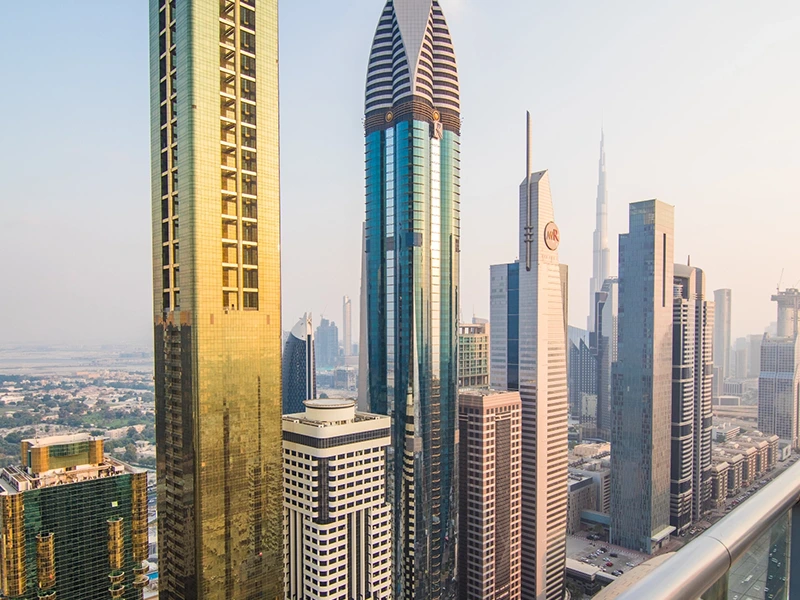
 +
Completed projects
+
Completed projects
 Year established
Year established
 +
Employees
+
Employees


